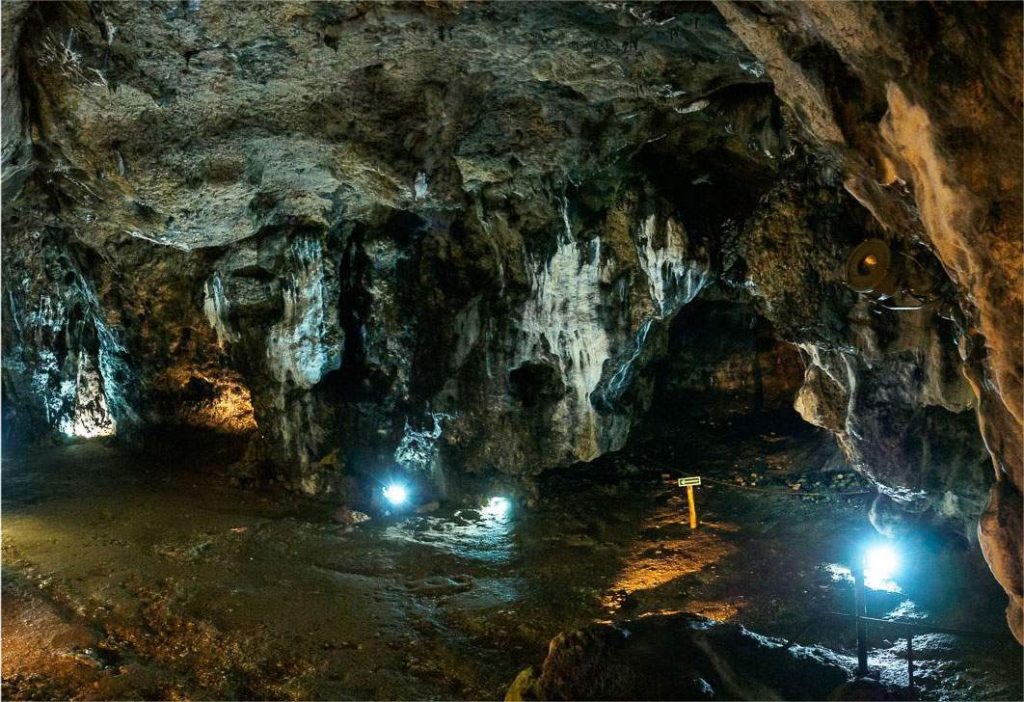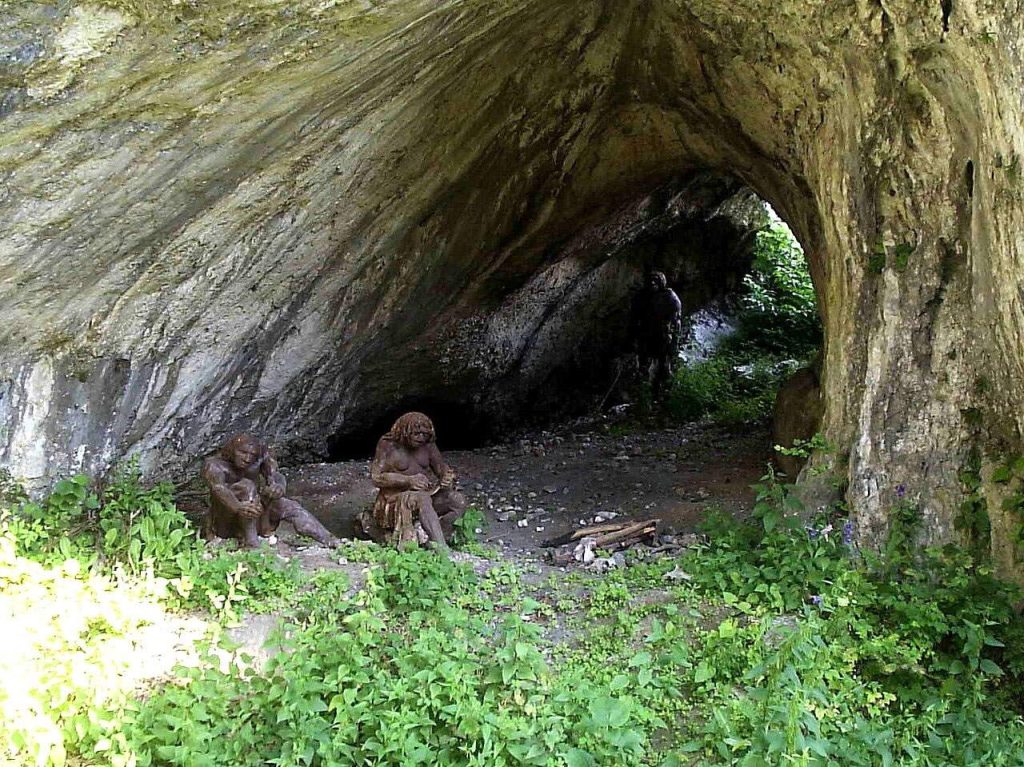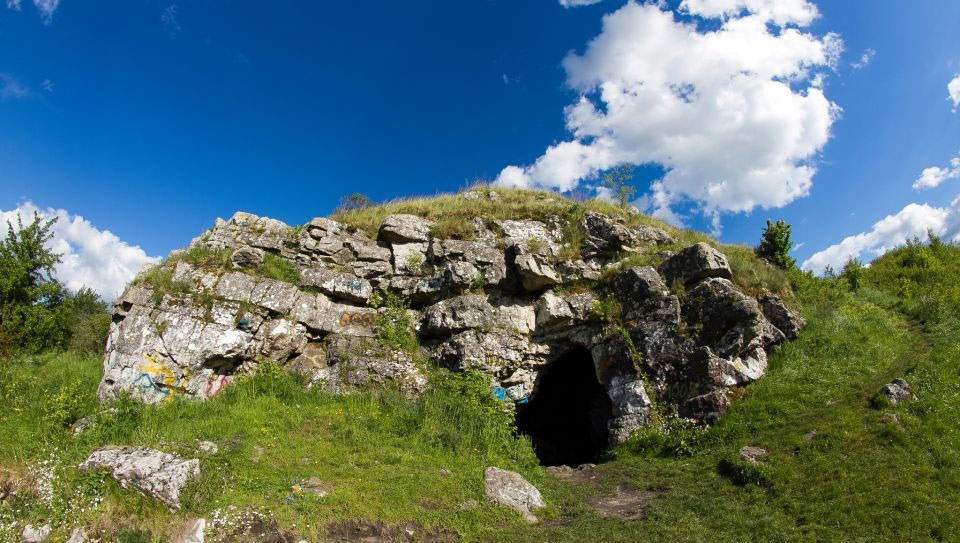The caves in Ojców National Park are known for their formation through karst processes in Jurassic limestone, contributing to the park’s rich biodiversity and geological landscape. These caves: Łokietka, Ciemna, Zbójecka, Jama Ani, Okopy Wielka Dolna, and Sąspowska serve as important refuges for various species inhabiting the protected area, including a variety of bats that hibernate during winter. These natural formations offer a window into the geological and cultural past of the region, with archaeological and paleontological potential.
Content
Geological Structure
The caves and rock shelters are a distinctive feature of formations related to limestone and karst activity of underground waters. The Kraków-Częstochowa Plateau is an area where these formations are common. In the territory of Ojców National Park, almost 700 caves have been recorded, and in the entire Prądnik River basin, there are 757. They mainly develop in the rocky variant of Jurassic limestone. The largest cave in the Park is Łokietka Cave (320 m), located in the Chełmowa mountain massif.
Among the caves in Ojców National Park longer than 100 m are:
- Łokietka Cave – 320 m
- Ciemna Cave – 209 m
- Zbójecka Cave – 189 m
- Jama Ani – 158 m
- Okopy Wielka Dolna Cave – 138 m
- Sąspowska Cave – 100 m
Most of the large caves are concentrated in the Jamki ravine; the smaller caves and rock shelters are mainly on the left slope of the Prądnik Valley, from Grodzisko to Prądnik Korzkiewski, and dozens are located in the Sąspowska Valley. They generally have a horizontal orientation and are distributed at different heights above the valley floor. Some cave entrances are easily visible, but many are difficult to locate among the rocks.
Research and Exploration
From 1992 to 2019, an inventory of all caves and rock shelters in the Park was carried out. These tasks were performed by an experienced team of speleologists under the direction of Prof. Michał Gradziński. Each description includes essential data such as name, location, length, elevation, extension, height of the cave entrance above sea level and above the valley floor; accompanied by a plan, exploration history, and bibliographic references about each object. All this information is found in catalog cards and publications in an edition of 100 copies. In total, 16 volumes have been published. In 2020, a cave inventory of the Prądnik River basin was launched, as a result of more than thirty years of work by the team of authors in this area.
The Caves of Ojców National Park
Among the most notable attractions of Ojców National Park are its caves, such as the King Lokietek’s Cave, the Dark Cave, known for housing bats and venomous spiders, and the Wierzchowska Górna Cave, the longest in Poland. The park is also home to impressive limestone rock formations, such as the famous Hercules’ Club and the Kraków Gate. Additionally, it features the Chapel on the Water, a charming wooden parish built in the 20th century over the Prądnik River.
Łokietka Cave
Łokietka Cave, with a length of 320 meters, is the largest in Ojców National Park. This karst cave has been of great historical importance, as it is said to have been a refuge for King Władysław I of Poland. It is open to tourism, offering facilities to facilitate access and exploration of its natural formations.
Ciemna Cave
Important from an archaeological point of view, Ciemna Cave is known for the discovery of the oldest known human remains in Poland, flint tools, and human footprints from 120,000 years ago. During the summer, it is accessible via an educational path that allows visitors to learn about its history and geology.
Zbójecka Cave, Jama Ani, Okopy Wielka Dolna Cave, Sąspowska Cave
Although no specific detailed information was found about these caves in the sources consulted, it is important to mention that they are part of the more than 400 cave formations in the park, standing out for their natural beauty and contribution to the geological and biological diversity of the area.
Ojców National Park is known for its rich biodiversity, deep history, and unique geography, with more than 400 limestone caves formed by karst activity, cliffs, and ravines. Among its most famous rock formations is Hercules’ Club, a 25-meter-high limestone column.
For more information about Ojców National Park and its caves, I recommend visiting its official website and exploring the available resources to plan a visit.
Notice
Łokietka and Ciemna caves are open to visitors. The small Krowia Cave, located near the Kraków Gate, is also accessible.









